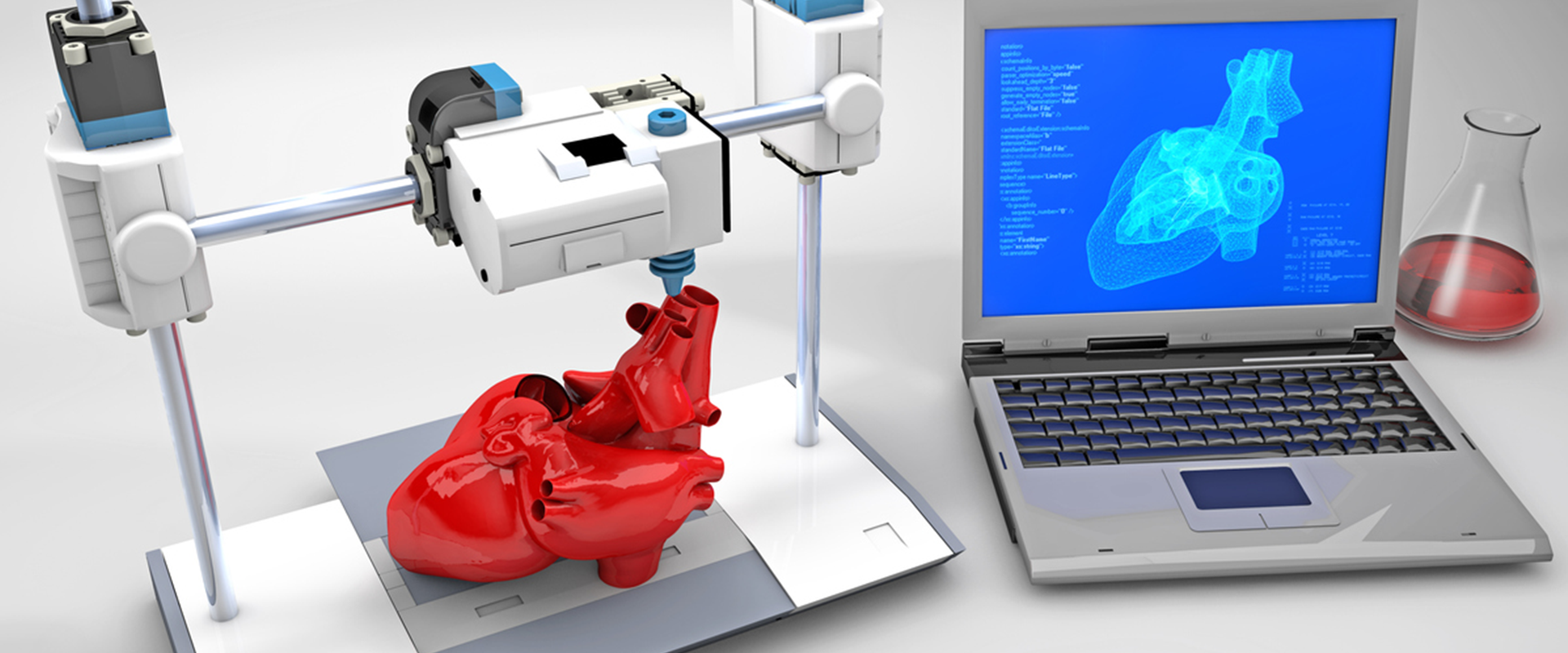When it comes to organ transplantation, one of the primary concerns is the need for more donors in comparison to the number of people waiting. So much so, that this has resulted in lucrative black markets, government incentives, and auto-enrollment where the public has to opt out of organ donation, rather than opt-in. Once you are in the process of waiting for an organ, the waiting time can vary anything from months to years, and unfortunately with the extent of shortages wait time is often the latter.
In light of this, Distrelec has explored the data to create a picture of what organ transplant currently looks like across key European countries. The reality is a shortage of organs that has the potential to be ameliorated by technological advancements in additive manufacturing, namely, bioprinting. This technology has been derived entirely from human need and there have already been instances in prosthetics where this has revolutionised procedures, for example, the instance of a 47-year-old man in the UK who received the first 3D-printed eye and had been self-conscious about his lack of prosthetic since the age of 20.
There are numerous applications of additive manufacturing within the healthcare sphere, contributing to a rapidly growing market. This includes applications within dentistry, personalised anatomical models, tools that suit the individual’s anatomy, prosthetics, and printed microdevices for health monitoring. We specifically analysed companies in Europe that currently specialise in bioprinting and have received investment, to depict which countries are pursuing advancement in this technology. Through this process of additive manufacturing, wait time will be drastically reduced due to not having to rely on someone else’s organ, as will the potential for rejection post-surgery.
A glance across Europe
There are glaring disparities when we look at regions like Eastern Europe, with Hungary, Czechia, Bulgaria, Lithuania, and Slovakia comprising the top 5 when it comes to the average percentage of people who are unsuccessful in receiving an organ.
Since joining the Eurotransplant organisation in 2018, organ transplantation in Hungary has increased by 40%, with the number of living donor kidney transplants rising significantly as well as the number of organs transplanted from brain-dead donors. Meanwhile, Bulgaria has faced crises due to restrictions within the law around living organ donations, which has pushed some patients to travel elsewhere. Our research found that one company in Bulgaria specialising in bioprinting has secured a €0.5 million investment to do work into the future of additive manufacturing in healthcare and how this can be used to bioprint organs.
Meanwhile, Ireland also ranks within the top 10 countries when it comes to risk, with an average of 10.5% of patients who are unsuccessful in securing an organ donor in time, and the highest rate is attributed to those waiting for a lung transplant. The country has very recently introduced a bill that seeks to improve organ donation and transplantation, moving from a policy whereby next of kin would make decisions about a relative’s wishes regarding post-mortem donation, to a soft opt-out system. There is also one company focusing on bioprinting in the country that has received an undisclosed amount of funding to support technological advancement.
While the situation is grave and continues to affect many patients’ lives, it’s important to note the countries and companies that are working to further technological innovation to ensure that bioprinting is a reality within the coming decade. For example, the UK currently has 2 companies specialising in the matter, accruing investment of over £200 million. While France has a total of 3 specialist companies, with funding of €15 million.
When it comes to waiting lists, our data from averages across European countries show that the highest percentage of people fail to secure a lung transplant in time, with the lowest percentage for a kidney transplant. Surprising news, given that the most illicitly traded organ on the black market is the kidney, with the WHO estimating that 10,000 kidneys are traded on the black market annually, or more than one every hour.
How will bioprinting reduce waiting-list deaths?
Bioprinting organs will consist of medical professionals and researchers conducting scans of the original damaged organ, which is then used to create a blueprint. This consists of a slice-by-slice model that is reconstructed using bio-ink, a combination of live cells, and biopolymer gels. Creating organs in this way will drastically reduce organ waitlist times as the tissue can be constructed from the recipient’s own cells, meaning they don’t have to rely on someone else’s donation.
Successful attempts at utilising this technology include a 3D kidney model produced by Harvard, and with further research and investment from specialised companies, this innovation has the potential to save millions. Some companies can currently print bones, cartilage, skin and liver tissue, however, they’re a significant way from producing bioprinted organs as a mass health solution. Sources estimate that the bioprinting process itself could take around 4 to 6 weeks, and while the waiting time varies for a normal transplant, the range is typically several months in the best-case scenario, to many years. This would not only drastically reduce the waiting list, but also decrease the chance of rejection from the body post-implantation due to being comprised of the recipient’s cells.
Life on the organ waiting list is often gruelling, with patients waiting for lungs experiencing mild to severe breathlessness and exhaustion, and those waiting for kidney transplants often relying on dialysis. Turnaround, when a match is found, is often extremely quick, for example, a heart can only stay out of the body for five to six hours before deteriorating. This means that patients are often stuck playing a waiting game, to then rushing around once an organ is procured. The focus is then on antirejection medication and encouraging the body to accept the new organ, which can be equally as difficult for the patient to deal with.
The individual risk associated with waiting for each of these organs varies drastically depending on the organ itself, and the country that you’re registered as waiting in. The graphic below gives a visual representation that is broken down into the organ waiting for a transplant, and the country, as well as the average percentage of people in each nation that die waiting for an organ generally.
Additive manufacturing in healthcare offers a promising glimpse into how the future may look with this technological innovation, and while we’re still quite a way off, this study aims to show the human need driving advancement, as well as the research and investment being undertaken by companies within Europe. This technology is coming on leaps and bounds, however, it’s important to note that bioprinting organs is not yet available within the healthcare sector. Experts have said that the soonest this could occur is within the next decade, and it’s likely that this will initially be a service that is publicly available until it can be manufactured in a cost-effective way.
———————————————————————————————–
Methodology
We analysed country-specific Statista data (2021/22 data except *) to find the number of people active on the waiting list per organ, as well as the number of people dying whilst on the waiting list. We then calculated this as a percentage.
We also used Crunchbase to gather data on the companies within Europe that are focusing on bioprinting specifically, analysing the number of companies and their total investment.











